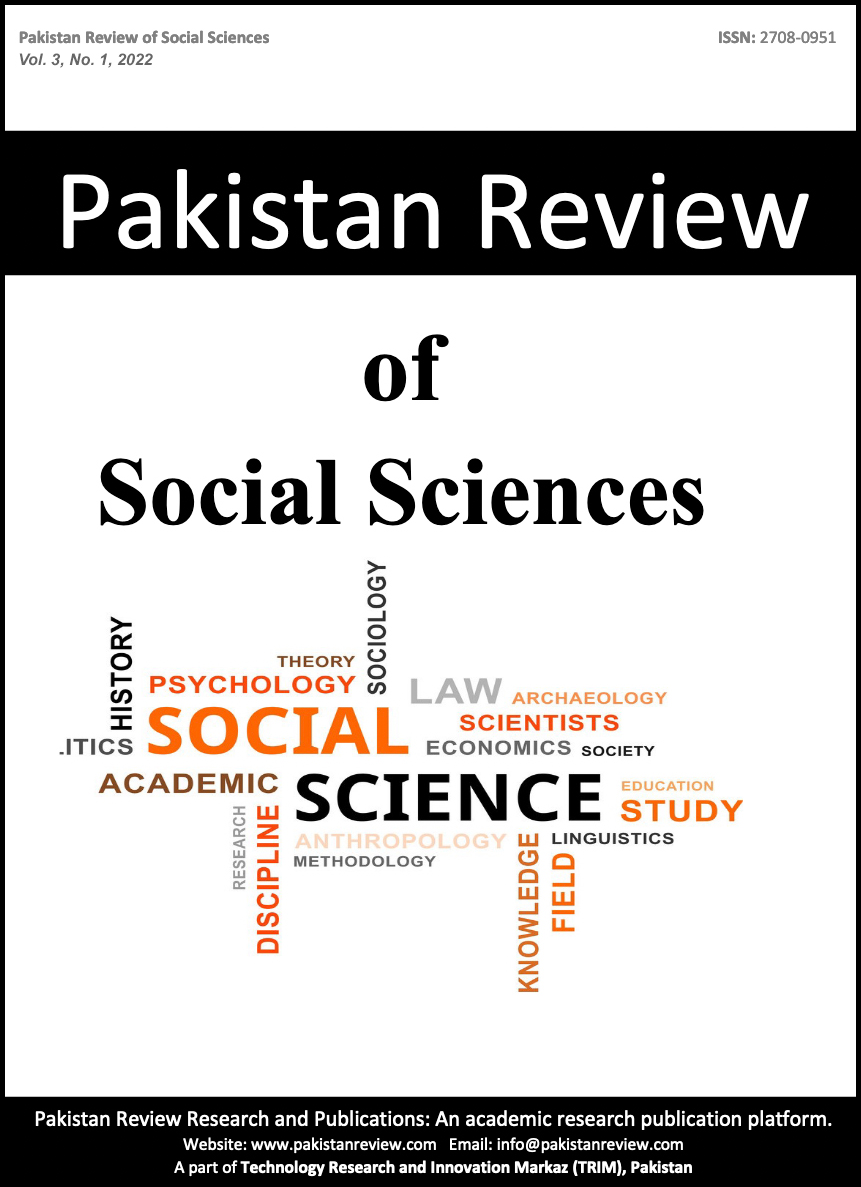
Submissions
Submission Preparation Checklist
All submissions must meet the following requirements.
- All submissions must be made electronically through our online submission system (link to be provided).
- The manuscript file should be saved in a format compatible with most word processing software (e.g., DOCX)
Manuscript Format
- Font: Use a standard font (Times New Roman) with a size of 11 points.
- Line Spacing: Single line spacing is preferred.
- Margins: Set margins to at least 2.5 cm (1 inch) on all sides.
- Numbering: Include consecutive page numbers throughout the manuscript.
Copyright Notice
Submission declaration
Authors have copyright but license exclusive rights in their article to the publisher. Author's submission implies that the work described has not been published previously (except in the form of an abstract or as part of a published lecture or academic thesis), that it is not under consideration for publication elsewhere, that its publication is approved by all authors and tacitly or explicitly by the responsible authorities where the work was carried out, and that, if accepted, it will not be published elsewhere including electronically in the same form, in English or in any other language, without the written consent of the copyright-holder.
Privacy Statement
The names and email addresses entered in this journal site will be used exclusively for the stated purposes of this journal and will not be made available for any other purpose or to any other party.
We use your Personal Information only for providing and improving the Site. By using the Site, you agree to the collection and use of information in accordance with this policy.
This Log Data may include information such as your computer's Internet Protocol ("IP") address, browser type, browser version, the pages of our Site that you visit, the time and date of your visit, the time spent on those page s and other statistics.
In addition, we may use third party services such as Google Analytics that collect, monitor and analyze this to improve our services.




